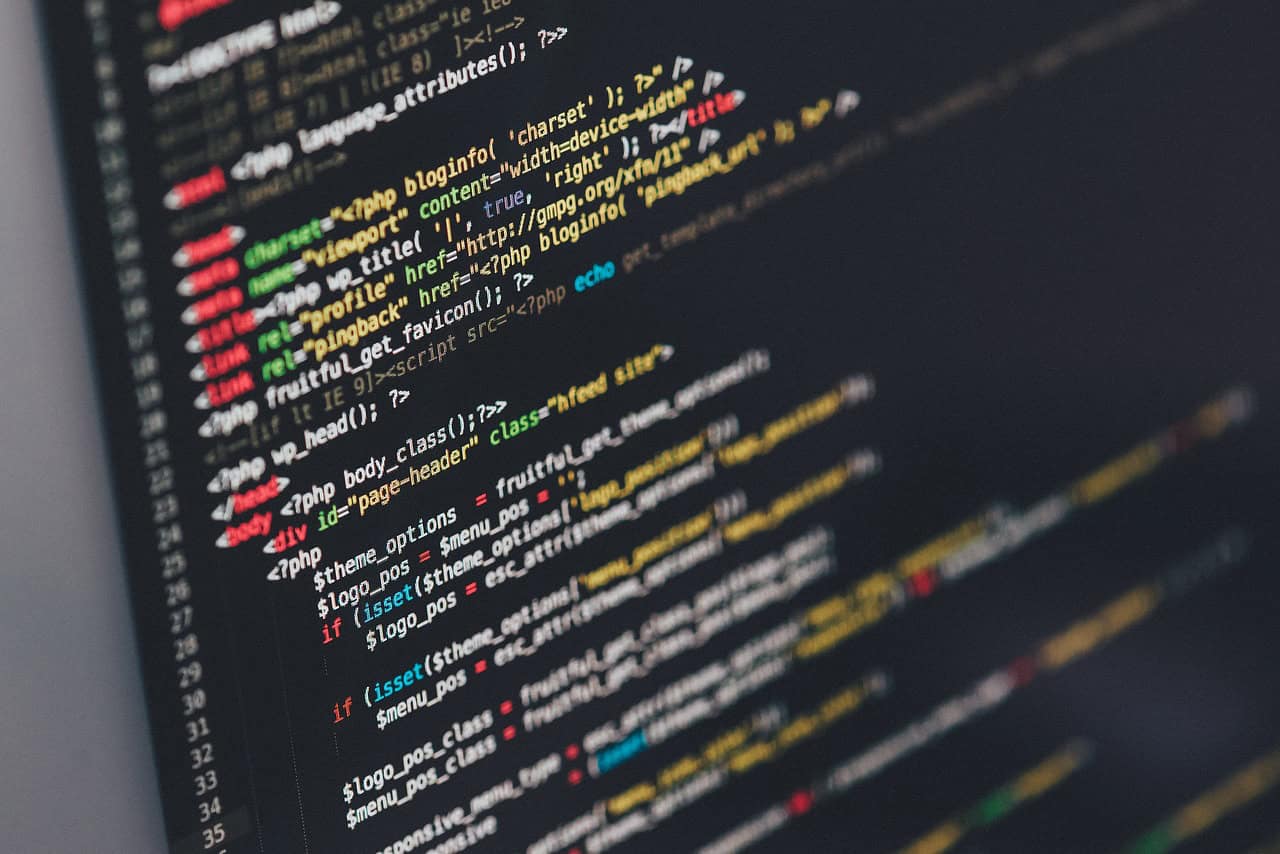Getting Started with Python Web Development
Python web development is a powerful way to create dynamic websites and applications using one of the most popular programming languages. With its readability and versatility, Python has become a go-to language for developers who aim to build robust web applications. In this article, we will explore the essentials of Python web development, helping you kickstart your journey into the world of web programming.
What is Python Web Development?
Python web development involves the use of Python programming language to build and maintain web applications and services. It encompasses various frameworks, tools, and libraries that make it easier to create interactive websites. The simplicity and efficiency of Python make it an ideal choice for both beginners and experienced developers.
Key Benefits of Using Python for Web Development
- Easy to Learn: Python’s clear syntax makes it accessible for newbies.
- Rich Ecosystem: A wide range of frameworks and libraries are available, such as Django and Flask, to streamline web development.
- Scalability: Python can handle large-scale applications efficiently, making it suitable for startups and large enterprises alike.
- Strong Community Support: Python has a vast community of developers that offer support, resources, and modules to enhance development.
Popular Frameworks for Python Web Development
Frameworks can significantly speed up the development process. Here are some leading Python frameworks you might consider:
- Django: A high-level web framework that encourages rapid development and clean, pragmatic design.
- Flask: A micro-framework that is lightweight and easy to use, perfect for small to medium applications.
- Pyramid: Designed for flexibility, Pyramid can be used for both small and complex applications.
- FastAPI: Ideal for building APIs quickly with high performance and an asynchronous capability.
Getting Started with Your First Python Web Application
To begin your journey into Python web development, follow these steps:
- Install Python on your machine.
- Choose a framework and read its documentation.
- Set up a virtual environment to manage dependencies.
- Create a simple web application, such as a to-do list app. You can refer to articles like “Master Python Web Development: The Ultimate Beginner’s Guide” for guidance.
- Gradually implement more functionalities like a database, user authentication, and RESTful API integrations.
Further Resources
To enhance your skills, consider diving deeper into specific topics. Check out other resources on Python web development:
- A Beginner’s Guide to Python Web Development
- Comprehensive Guide to Python Web Development
- Essential Techniques and Frameworks for Dynamic Applications
Conclusion
Python web development opens the door to creating powerful and dynamic applications easily. By leveraging its frameworks and community resources, you can build impactful web applications and enhance your coding skills. Embrace this journey, and explore the numerous possibilities Python offers in the realm of web development.
Python Web Development Projects and Applications
Key Projects
- 1. To-Do List Web Application: Create a simple yet effective to-do list application using Flask. This project helps in understanding routing, templates, and forms.
- 2. Blogging Platform: Develop a blogging site with Django to grasp user authentication, database management, and CRUD operations.
- 3. RESTful API: Implement a RESTful API using FastAPI that interacts with a database providing functionalities for basic operations of a resource like books.
- 4. E-commerce Website: Build a fully functional e-commerce platform utilizing Django and Stripe for payment processing to learn about complex integrations.
Python Code Examples
To-Do List Application with Flask
from flask import Flask, render_template, request, redirect, url_for
app = Flask(__name__)
tasks = []
@app.route('/')
def index():
return render_template('index.html', tasks=tasks)
@app.route('/add', methods=['POST'])
def add():
task = request.form['task']
tasks.append(task)
return redirect(url_for('index'))
if __name__ == "__main__":
app.run(debug=True)
Blogging Platform with Django
from django.db import models
class Post(models.Model):
title = models.CharField(max_length=200)
content = models.TextField()
created_at = models.DateTimeField(auto_now_add=True)
def __str__(self):
return self.title
RESTful API with FastAPI
from fastapi import FastAPI
app = FastAPI()
@app.get("/books/{book_id}")
async def read_book(book_id: int):
return {"book_id": book_id, "title": "Sample Book"}
@app.post("/books/")
async def create_book(book: dict):
return {"title": book["title"], "author": book["author"]}
Real-World Applications
Python web development is widely applied across various industries for building web applications that are scalable, maintainable, and robust. Some real-world applications include:
- Social Media Platforms: Python’s frameworks like Django are frequently used to develop social networking sites due to their ability to manage large volumes of data.
- Content Management Systems: Many CMS solutions are built with Python, enabling intricate content creation and management functionalities.
- E-commerce Solutions: Python allows for the creation of dynamic, feature-rich e-commerce sites that can handle transactions, user accounts, and product management efficiently.
- Data Visualization Applications: Utilizing Python, developers can create interactive dashboards that visualize complex data in an understandable format.
Next Steps
Now that you’ve gained a foundational understanding of Python web development, it’s time to take the next steps to enhance your skills. Start by experimenting with the frameworks mentioned, like Django or Flask, and build small projects to solidify your knowledge.
To further your learning, consider reading through additional resources, such as our detailed posts on building dynamic applications or exploring essential techniques and frameworks. These will provide you with insights and practical advice to elevate your web development capabilities.
Finally, don’t forget to engage with the Python community by joining forums or participating in coding meetups to share your experiences and learn from others. The journey into Python web development promises to be rewarding, and these resources will help you along the way.

2 thoughts on “Kickstart Your Coding Journey: A Beginner’s Guide to Python Web Development”
Comments are closed.